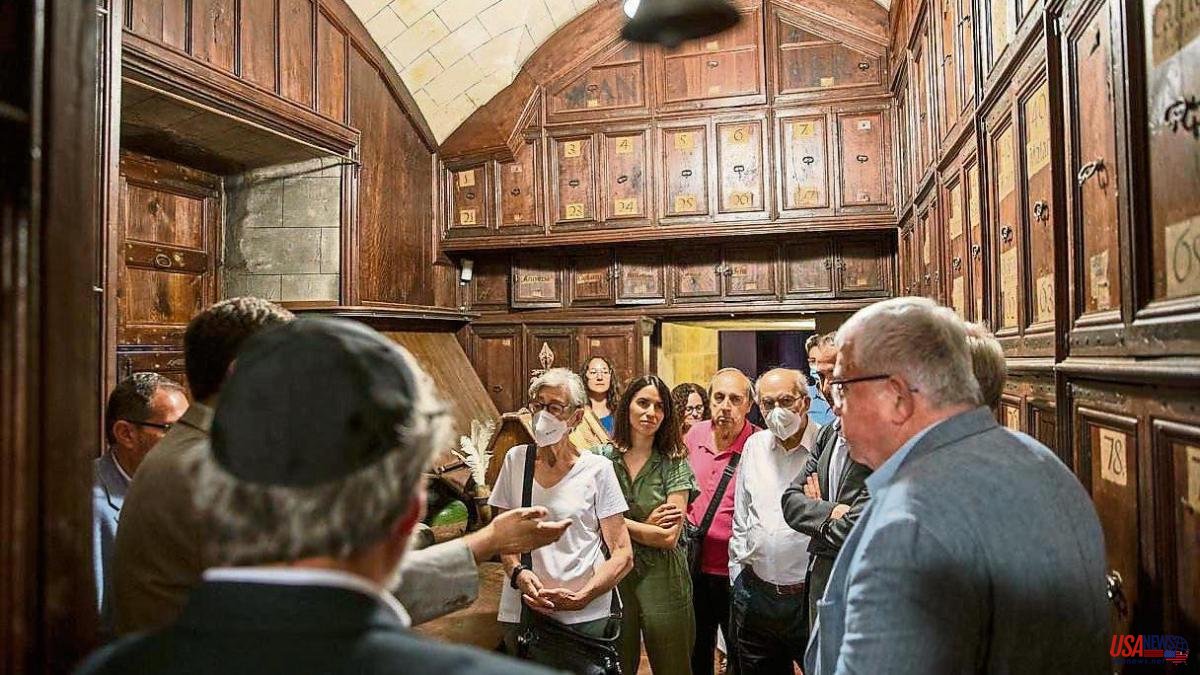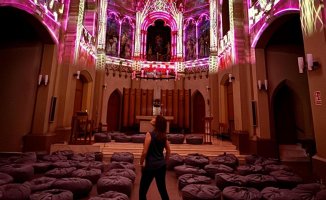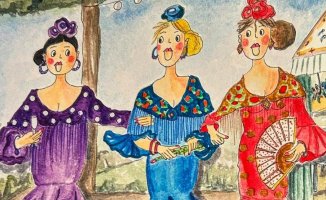Barcelona has historically played a relevant role in Jewish topography. Although the city's Jewish quarter was one of the most prominent in the 12th and 13th centuries in rabbinic studies, the persecution and subsequent conversion or expulsion of this community is known to all. However, his time in the Catalan capital was forgotten for centuries. "The memory of those who were different was lost," says Robert Baró, director of the Chapter Archive of Barcelona Cathedral or, as he likes to call it, "the house of words."
For this reason, the permanent exhibition We discover the Jewish memory in the Cathedral of Barcelona, which was inaugurated yesterday in the seo, is so significant. "It is a historic milestone in Jewish-Christian relations in Catalonia for 700 years, and even at a European level," notes Eva Fortes, president of the Mozaika platform, dedicated to popularizing Jewish culture.
The exhibition, a collaboration between this association and the Cathedral itself, carries with it an investigation that began more than three years ago and is still not finished. During the search, the more than 40,000 medieval parchments were studied and reviewed, with multiple references to the Jewish community, which houses the Barcelona Cathedral, a figure that makes it one of the most notable archives in Europe.
Many of these documents are of an administrative nature, generated by the notary function that the Cathedral has exercised since the 13th century. "It is key in the reconstruction of the city's history," says Clara Jáuregui, main researcher and curator of the exhibition. Now, a large part of this medieval collection, mostly written in Hebrew, will be accessible to the public, in a space previously used as an archival warehouse that, although small, allows it to be interactive.
"The recovery of memory has been done from the scientific rigor and walking with those who are heirs of that community, from the hand of the Jewish brothers", highlights Baró, who had the seed idea of the project. With the exhibition “we culminate the first trick of a project that has made us very happy”, he emphasizes.
For the president of Mozaika, “heritage promotes the sense of belonging to the community”. “We have to build heritage, add new ideas to old ones. To celebrate our diversity, we have to know it”, she claims. "Jewish heritage remains invisible in our city," Fortes stated at the opening ceremony of the exhibition, which marks the start of a series of educational activities to combat "stereotypes of the Jewish community."
For his part, Josep Ramon Pérez, dean of the chapter, declared in the Mercè hall that “a joint project that we have begun is being announced”. The event was also attended by representatives of the University of Barcelona, another of the institutions that has participated in the studies that flourish with the exhibition, the delegate of cultural heritage of the archbishopric of Barcelona, Margarita Bofarull or the commissioner of intercultural dialogue and religious pluralism of the City Council of Barcelona, Khalid Ghali.
4













